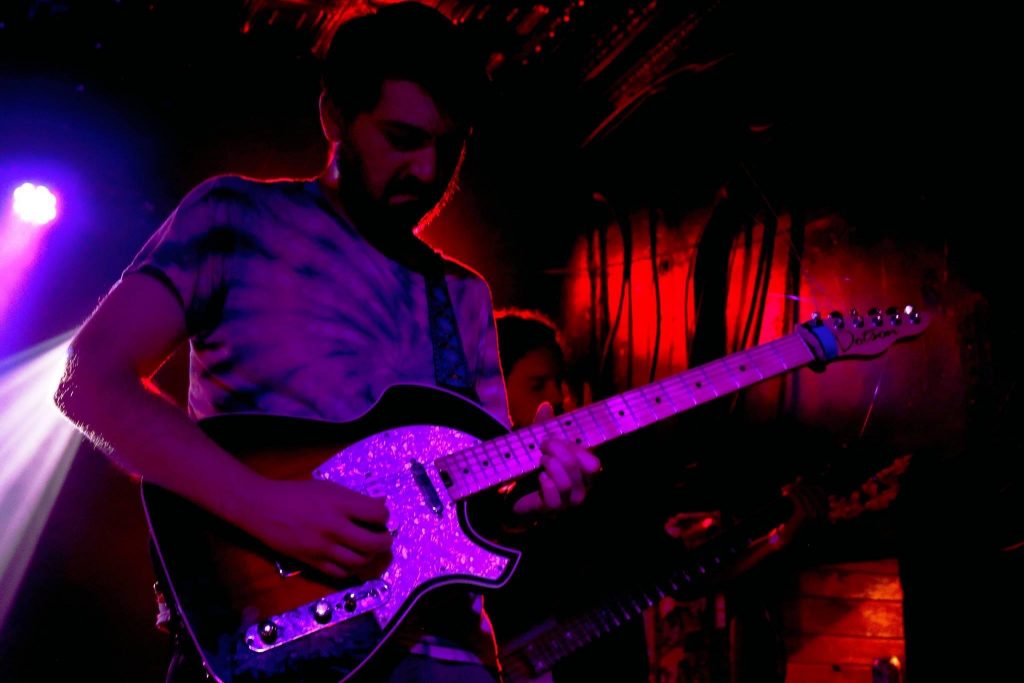[vc_row][vc_column width=”1/2″][vc_single_image image=”18350″ img_size=”large”][/vc_column][vc_column width=”1/2″][vc_column_text]We put binding on a guitar for a number of different reasons. I believe the most significant reason is to seal off the end grain of the soundboard and back to ensure that moisture in the enviornment does not impact the wood at an unequal rate. The binding also often is harder wood, or other material, than the soundboard so it serves to protect the soft wood of the soundboard. Additionally, the binding serves as an aesthetic touch that gives the guitar a finished look. It gives the impression that there was some intention given to ensure the guitar looks nice. Lastly, the addition of the binding really does enhance the overall tone and projection of the guitar. I’m still amazed every time I put a body together, before I route the binding channel, I’ll give the soundboard a good hard pluck of the finger. This strike will produce a dead thud from the guitar. Compare this to the moments after taking off the binding tape, the guitar ignites with resonance with the very same strike. The binding solidifies the relationship of the top and back to the rim (the sides) of the guitar. They become partners with binding.[/vc_column_text][/vc_column][/vc_row][vc_row][vc_column width=”1/2″][vc_column_text]I use a special router set up to cut into the side, top, and back of the guitar to create a “shelf” or “rabbit”. This shelf is the same size as the binding and purfling that will be glued in its spot.[/vc_column_text][/vc_column][vc_column width=”1/2″][vc_single_image image=”18342″ img_size=”large”][/vc_column][/vc_row][vc_row][vc_column width=”1/2″][vc_single_image image=”18343″ img_size=”large”][/vc_column][vc_column width=”1/2″][vc_column_text]The binding router set up is very sophisticated in the way it moves. This enables the complex curves and angles of the guitar to be accommodated for when cutting the rabbit. The top and back have radii that need to be considered, and the back of the guitar is at an angle as it approaches the neck.[/vc_column_text][/vc_column][/vc_row][vc_row][vc_column width=”1/2″][vc_column_text]After cutting these channels, We need to fit the two sides of binding together at the very bottom of the guitar. In this case we are cutting mitre joints in the side purfling where they meet the end graft.[/vc_column_text][/vc_column][vc_column width=”1/2″][vc_single_image image=”18348″ img_size=”large”][/vc_column][/vc_row][vc_row][vc_column width=”1/2″][vc_single_image image=”18344″ img_size=”large”][/vc_column][vc_column width=”1/2″][vc_column_text]Glue is applied, as you saw above, and then the top purfling and binding are fit into place. I then use a lightly dampened cloth to remove any excess glue.[/vc_column_text][/vc_column][/vc_row][vc_row][vc_column width=”1/2″][vc_column_text]Starting with one side first, and working fairly quickly, I will begin to apply pressure, to assure the binding is seated properly, and apply tape every few inches. Not just any tape will do, this is one of my favorite tapes. It holds up well. But, I’m fairly mad at Steward McDonald because they stopped selling it.[/vc_column_text][/vc_column][vc_column width=”1/2″][vc_single_image image=”18340″ img_size=”large”][/vc_column][/vc_row][vc_row][vc_column width=”1/2″][vc_single_image image=”18346″ img_size=”large”][/vc_column][vc_column width=”1/2″][vc_column_text]This will do some serious damage to the thumb joint and the pad of your thumb, so I’ve created this handy leather support. It might not look pretty but it does the job quite well.[/vc_column_text][/vc_column][/vc_row][vc_row][vc_column width=”1/2″][vc_column_text]Moving to the other side of the guitar, I apply the glue in the same fashion and remove any excess then seat the waist section of the binding before moving back to tape from the start.[/vc_column_text][/vc_column][vc_column width=”1/2″][vc_single_image image=”18345″ img_size=”large”][/vc_column][/vc_row][vc_row][vc_column width=”1/2″][vc_single_image image=”18341″ img_size=”large”][/vc_column][vc_column width=”1/2″][vc_column_text]Here you can see that the waist of the second side is fastened while I work from the mitred joint.[/vc_column_text][/vc_column][/vc_row][vc_row][vc_column width=”1/2″][vc_column_text]In this photo you can see that the top surface of the guitar is almost finished, but the bottom of the guitar still needs to be started. This process needs to be done start to finish because any change in the climate can cause the slightest of movement in the angle of these channels.[/vc_column_text][/vc_column][vc_column width=”1/2″][vc_single_image image=”18347″ img_size=”large”][/vc_column][/vc_row][vc_row][vc_column width=”1/2″][vc_single_image image=”18349″ img_size=”large”][/vc_column][vc_column width=”1/2″][vc_column_text]After the back and top are completed, they are left to dry overnight before removing the tape. This must be done very carefully because the tape can pull at the fibers of the wood. After the tape is removed, the guitar is ready for the final sanding and finish process.[/vc_column_text][/vc_column][/vc_row]

Artec Preamps: Edge-Z and SHP-5






